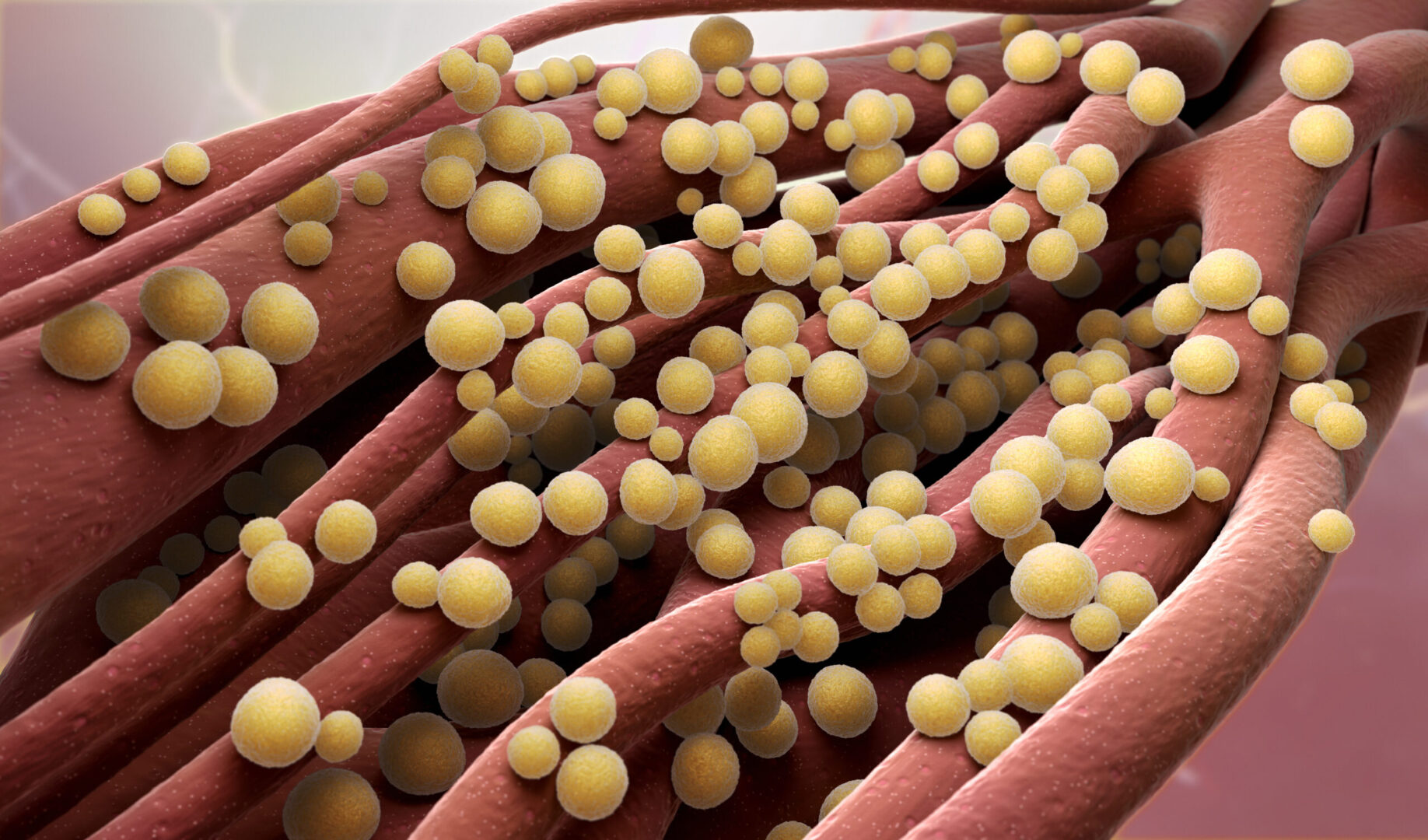Learning objectives
- Describe sarcoidosis
- Anesthetic management of sacoidosis
Definition and mechanism
- Sarcoidosis is a disease characterized by the growth of tiny collections of inflammatory cells (granulomas) in any part of the body
- Most commonly the lungs and lymph nodes
- Less commonly affected are the eyes, skin, liver, and brain
- The supraglottic region is commonly the site of sarcoid infiltration, and hilar lymphadenopathy can cause vocal cord palsy
- Cardiac involvement is less common but potentially fatal
- Unknown etiology
- Thought to be an immune reaction to a trigger such as infection or chemicals
- Diagnosed by biopsy
Signs and symptoms
| General symptoms | Sarcoidosis can begin with these signs and symptoms: Fatigue Swollen lymph nodes Weight loss Pain and swelling in joints, such as the ankles |
| Lung symptoms | Persistent dry cough Shortness of breath Wheezing Chest pain |
| Skin symptoms | A rash of red or reddish-purple bumps Disfiguring sores (lesions) on the nose, cheeks, and ears Areas of skin that are darker or lighter in color Growths under the skin (nodules), particularly around scars or tattoos |
| Eye symptoms | Blurred vision Eye pain Burning, itching, or dry eyes Severe redness Sensitivity to light |
| Heart symptoms | Chest pain Dyspnea Syncope Fatigue Arrhythmias Palpitations Edema |
Management

Suggested reading
- Pollard BJ, Kitchen, G. Handbook of Clinical Anaesthesia. Fourth Edition. CRC Press. 2018. 978-1-4987-6289-2.
- Sanders, D., Rowland, R., Howell, T., 2016. Sarcoidosis and anaesthesia. BJA Education 16, 173–177.
We would love to hear from you. If you should detect any errors, email us customerservice@nysora.com







